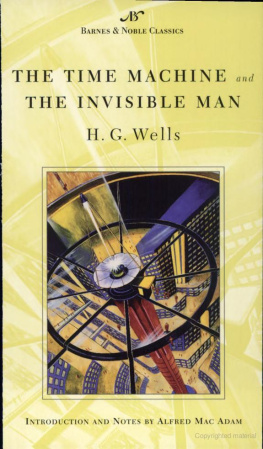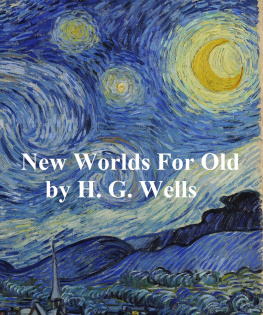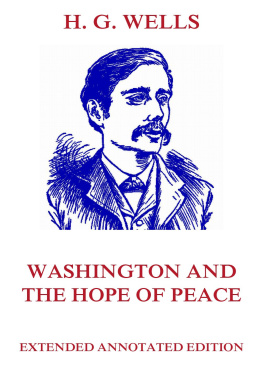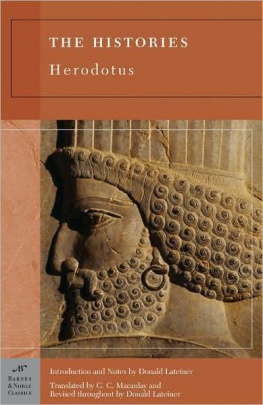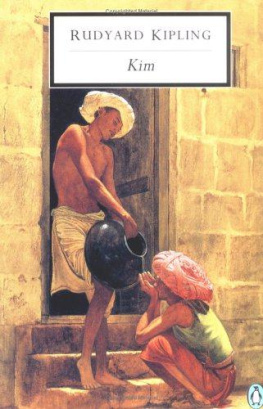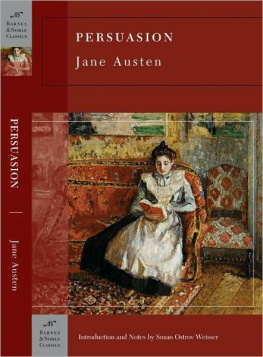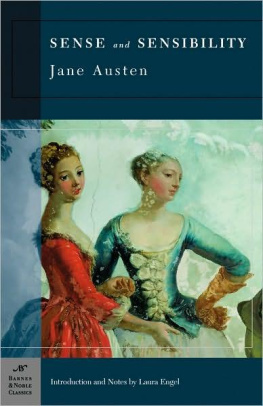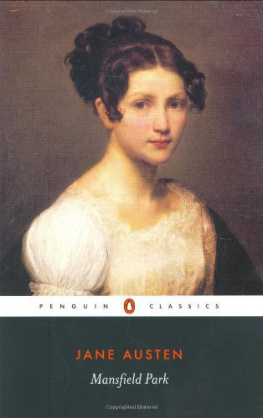H. G. Wells
Social philosopher, utopian, novelist, and father of science fiction and science fantasy, Herbert George Wells was born on September 21,1866, in Bromley, Kent. His father was a poor businessman, and young Berties mother had to work as a ladys maid. Living below stairs with his mother at an estate called Uppark, Bertie would sneak into the grand library to read Plato, Swift, and Voltaire, authors who deeply influenced his later works. He showed literary and artistic talent in his early stories and paintings, but the family had limited means, and when he was fourteen years old, Bertie was sent as an apprentice to a dealer in cloth and dry goods, work he disliked.
He held jobs in other trades before winning a scholarship to study biology at the Normal School of Science in London. The eminent biologist T. H. Huxley, a friend and proponent of Darwin, was his teacher; about him Wells later said, I believed then he was the greatest man I was ever likely to meet. Under Huxleys influence, Wells learned the science that would inspire many of his creative works and cultivated the skepticism about the likelihood of human progress that would infuse his writing.
Teaching, textbook writing, and journalism occupied Wells until 1895, when he made his literary debut with the now-legendary novel The Time Machine, which was followed before the end of the century by The Island of Dr. Moreau, The Invisible Man, and The War of the Worlds, books that established him as a major writer. Fiercely critical of Victorian mores, he published voluminously, in fiction and nonfiction, on the subjects of politics and social philosophy. Biological evolution does not ensure moral progress, as Wells would repeat throughout his life, during which he witnessed two world wars and the debasement of science for military and political ends.
In addition to social commentary presented in the guise of science fiction, Wells authored comic novels like Love and Mr. Lewisham, Kipps, and The History of Mister Polly that are Dickensian in their scope and feeling, and a feminist novel, Ann Veronica. He wrote specific social commentary in The New Machiavelli, an attack on the socialist Fabian Society, which he had joined and then rejected, and literary parody (of Henry James) in Boon. He wrote textbooks of biology, and his massive The Outline of History was a major international best-seller.
By the time Wells reached middle age, he was admired around the world, and he used his fame to promote his utopian vision, warning that the future promised Knowledge or extinction. He met with such preeminent political figures as Lenin, Roosevelt, and Stalin, and continued to publish, travel, and educate during his final years. Herbert George Wells died in London on August 13, 1946.
Inspired by The Time Machine and The Invisible Man
In the wake of H. G. Wellss classic novel, traveling through the fourth dimension has become a favorite activity in science-fiction films. Time travel has been evoked to push the story forward or backward in projects as diverse as the Back to the Future trilogy, the Star Trek series, Bill and Teds Excellent Adventure, Terry Gilliams films Time Bandits and Twelve Monkeys, two generations of Planet of the Apes, and the Terminator movies.
In 1960 H. G. Wellss classic novel became a classic film. The Time Machine was produced and directed by George Pal, legendary for his sci-fi films, especially the 1953 adaptation of Wellss War of the Worlds, which Pal produced and which was nominated for three Academy Awards. Rod Taylor stars in The Time Machine as the young British inventor H. George Wells, whose skeptical friends laugh at the thought of him launching himself into unknown worlds of the future. With an enormous clock as a backdrop, he rides through time, bypassing the two World Wars and a third nuclear and apocalyptic one in the then-future 1967. Wells used his novel to consider the social gap between the idle elite and the impoverished laboring class; Pal explores the Cold War fears of his day. Arriving in the year 802,701, the young scientist first encounters the Eloi race, including the beautiful Weena (Yvette Mimieux), who tells him of the subterranean Morlocks. The adventure culminates in an all-out battle between the effete Eloi and the monstrous Morlocks. The Time Machine earned an Oscar for Best Special Effects, which remain fairly effective even by todays standards.
In 2002, more than a century after Wells wrote about time travel, his great-grandson Simon Wells directed another film adaptation of The Time Machine. Guy Pearce stars as Alexander Hartdegen, a Columbia professor whose fiancee Emma (Sienna Guillory) is murdered in Central Park. Driven by the hope of traveling to the past to save her, Hartdegen bases his time-defying device upon Einsteins theories. Unable to rescue Emma, he travels eight thousand centuries into the future to explore the fate of humanity; the great machine (replete with gold fixtures, gauges, levers, mirrors, and glass) hurtles through a landscape that itself whirls and shifts until it finally becomes positively primeval. In this version, the moon has fallen into the earth, which results in Homo sapiens being divided into two races, the Eloi aboveground and the Morlocks in the dark recesses underneath. The future is modeled after Pals vision, but the pale-skinned, blonde-haired Eloi of the 1960 film are here replaced by a sturdy, brown-skinned race. The evil leader of the Eloi-eating Morlocks, a species that can leap great distances, is played by a menacing Jeremy Irons. Again, the young scientist falls in love with a beautiful Eloi woman, Mara, played by Samantha Mumba. The humanist Hartdegen teaches Mara to fight back, and she likewise teaches him not to dwell in the past. Stunningly photographed, the film is an apt rejuvenation of and homage to Wellss classic.
The golden age of horror films featured unforgettable celluloid personalities such as Count Dracula, the Wolf Man, and, perhaps most memorably, the monster from Frankenstein. Often omitted from the list is the title character of H. G. Wellss Invisible Man, brought to the silver screen in 1933. This horror classic was directed by James Whale, who also directed Frankenstein ( 1931 ) and around whom the 1998 film Gods and Monsters revolves. Given that these weird characters, including the Invisible Man, have appeared in a deluge of increasingly silly sequels and remakes, it is surprising just how faithful Whales original film is to Wellss text. The Invisible Man opens, like the novel, with a mysterious manhis face obscured by bandages, sunglasses, and a false noseseeking solace from a blizzard in an English pub. The film at first focuses on the bizarre appearance of Dr. Jack Griffin (Claude Rains) as he eats his dinner and checks into a room, which he turns into a science lab. After he gives the hostess a taste of his surly mannershe has, after all, been rendered insane by the invisibility drug monocainea mob of pub boys and police barge into his room. But Griffin outwits them all by shedding his bandages and clothing, and pulling slapstick pranks as he makes his escape. The invisibility is pulled off with entertaining special effects: a bicycle riding itself, footprints appearing in the snow, etc. A young Gloria Stuart (Titanic) plays Griffins love interest, Flora Cran ley But the real story lies in the charming spectacle of invisibility itself, a technique that his been duplicated in numerous motion pictures since.
Comments & Questions
In this section, we aim to provide the reader with an array of perspectives on the text, as well as questions that challenge those perspectives. The commentary has been culled from sources as diverse as reviews contemporaneous with the work, letters written by the author, literary criticism of later generations, and appreciations written throughout history. Following the commentary, a series of questions seeks to filter H. G. Wellss The Time Machine and The Invisible Man through a variety of points of view and bring about a richer understanding of this enduring work.

